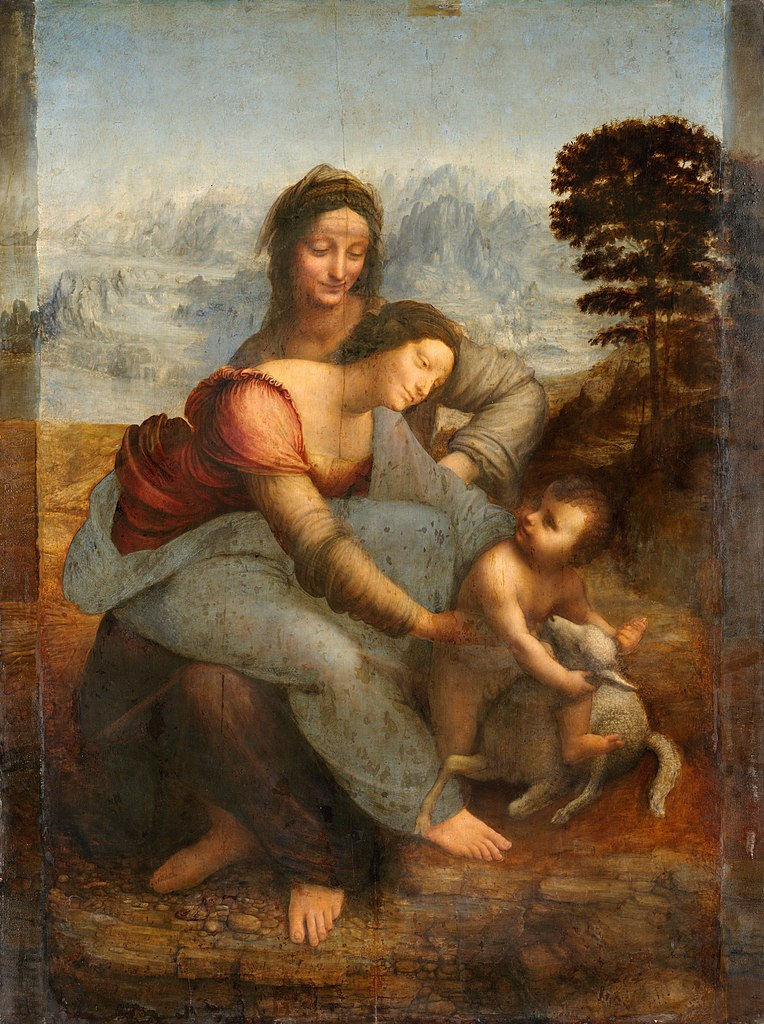Interesting Facts about Leonardo Da Vinci Life that textbooks never told us
- Shantala Palat
- Sep 29, 2018
- 3 min read

Born on April 15, 1452, Leonardo da Vinci was, perhaps, the only person who managed to be the pioneer of several areas in one lifetime- painter, writer, inventor, sculptor, musician, architecture and scientist. In fact, the idea of the “Renaissance man” was developed during the very time in which he lived in.
However, even though Da Vinci is referred to as one of the foremost intellects of the world history and his brilliance survives today through his famous artworks, Leonardo da Vinci remains an enigma for us. Not much is known about Da Vinci’s early life and he left a whole lot of unfinished work including his famous Mona Lisa. Moreover, discussions still continue as to why he preferred to write backward and how was it possible for him to make his first helicopter drawing, considering the times that he lived in etc. Probably there is a lot more about Da Vinci that we will never know about him. Yet there are a few interesting things that we do know about him– but these facts are commonly not.

1. Do you know Da Vinci was infamous for never completing his works?
Da Vinci’s wide range of interests often distracted him and his perfectionism discouraged him from declaring a painting officially finished. He was often been accused of being a helpless procrastinator. The problem was not that that da Vinci did not start his works but more of the fact that he was constantly starting works and neglecting to finish the ones he had already begun.
Some of the famous unfinished Da Vinci paintings are the “Annunciation” and “Adoration of the Magi”, “St. Jerome in the Wilderness” in the Vatican City, the “Virgin, and Child with Saint Anne” held in the Louvre in Paris, and even the great “Mona Lisa” are examples of the da Vinci masterpieces that the artist never declared completed.
It appears that Leonardo was rarely happy with his work and had trouble preventing himself from making minute changes to his paintings long after they were probably “complete”.

2. Da Vinci has dissected more dead bodies than many contemporary doctors
Leonardo followed a thin line between science and art. He used scientific studies for his art and he was particularly interested in human anatomy. Da Vinci obsessively studied human anatomy by dissecting dead bodies so much so that in an era when medical knowledge in Europe was rudimentary, Da Vinci became a pioneer of sorts in the field of documenting the human anatomy. To this day, he is considered one of the forefathers of the study of anatomy.

3. The Last Supper has miraculously survived the WWII bombing
Leonardo’s The Last Supper is one of the world’s renowned work of art for centuries. But did you know that during the World War II, the famous painting was almost got destroyed by the Allied bombs?
In August 1943, when the Allies bombed the Italian cities, including Milan, many historic churches and buildings containing pieces by master artists were either destroyed or severely damaged, including the Santa Maria delle Grazie.
The Santa Maria delle Grazie church contained one of the walls where Da Vinci had painted The Last Supper mural directly on them. On August 15 1943, a high-explosive bomb landed a mere 80 feet away from the mural. The building was virtually demolished: The roof caved in, the cloister collapsed and entire walls were blown out. While everything in the church was destroyed, the wall on which The Last Supper had been painted, that one alone had miraculously survived the bombing.
4. Da Vinci’s biggest art project got destroyed
Possibly Leonardo’s biggest art project was the commission by the Duke of Milan. The Duke had asked Da Vinci to complete a 16-foot statue of his father on horseback. While Leonardo took 3 years to complete the last Supper, he toiled for nearly 12 years for the 16-foot statue. But before it could be completed, the French forces invaded Milan in 1499 and shot the clay sculpture, shattering it into pieces.





























Comments